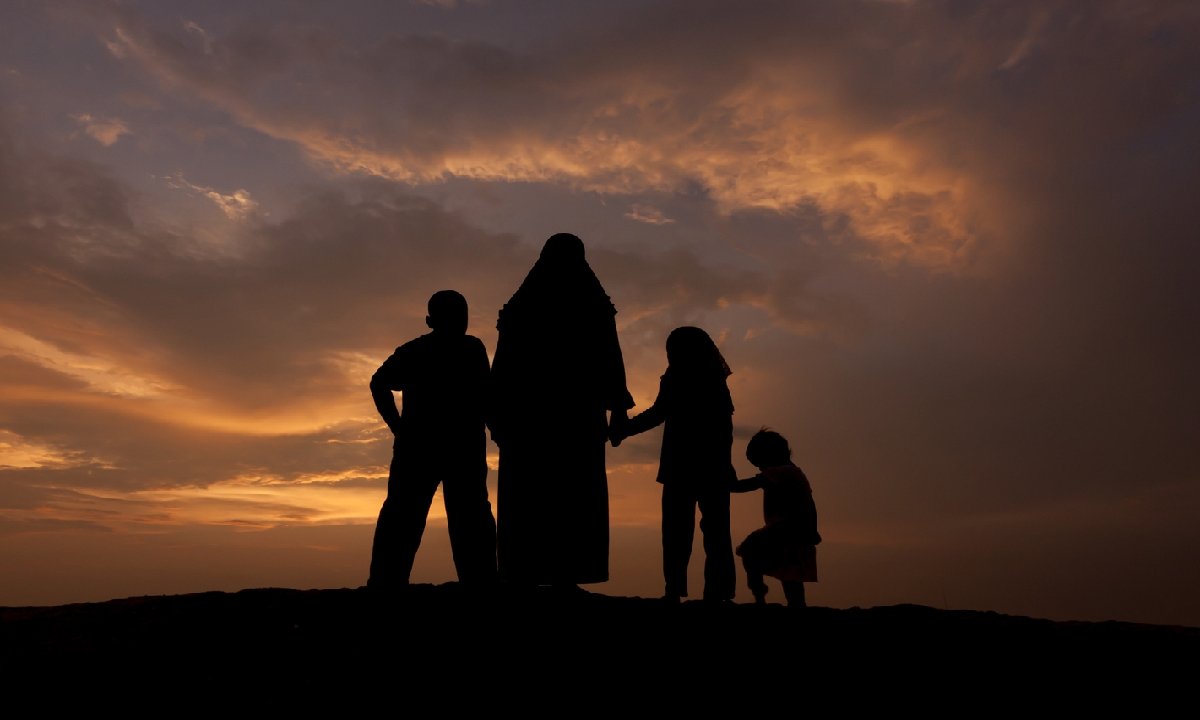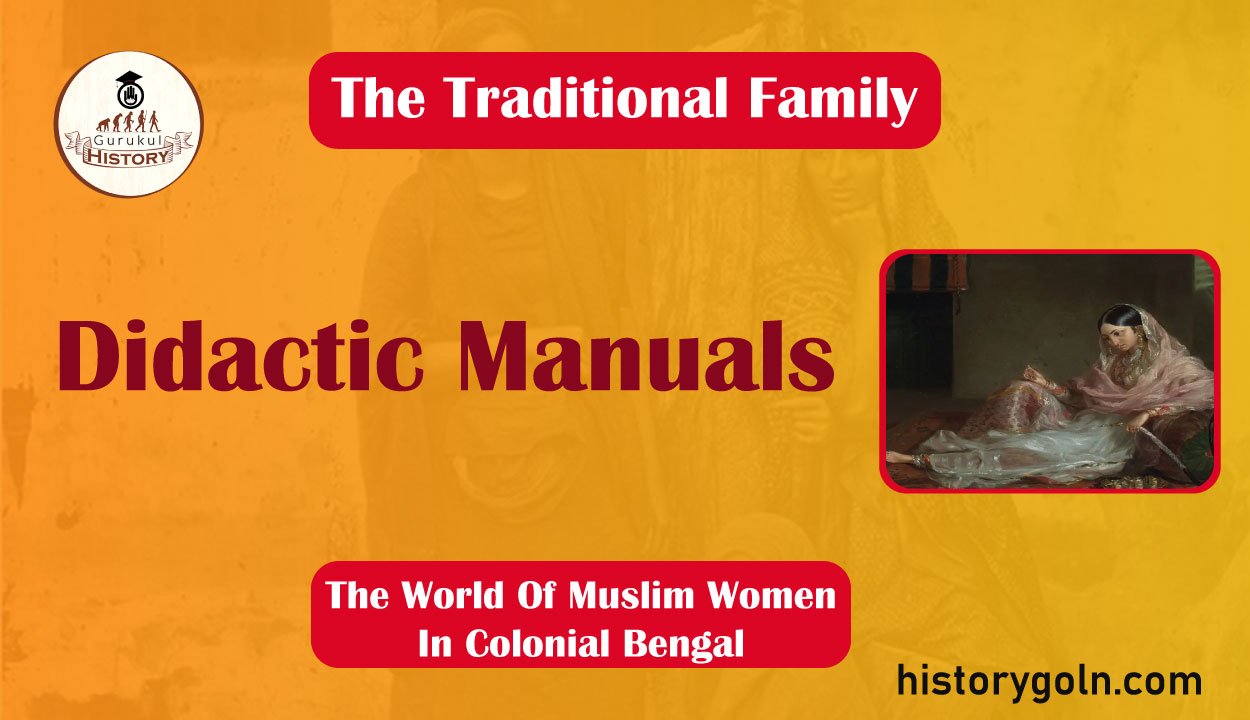Today our topic of discussion is Didactic Manuals .
Didactic Manuals

As the urban middle class grew in number, accompanied by the develop- ment of modern Bengali prose in the latter half of the last century, the Namas were replaced by a spate of instructional literature meant to be read rather than heard.
As Urdu was the medium of instruction in maktab and madrasa widespread, indigenous educational institutions for Muslims in Bengal before the colonial system of education took over-initially a lot of Urdu prose works were imported into Bengal from North India and some were even composed indigenously.
From the early decades of the 20th century religious scholars, imbued with a reformistic zeal, started writing didactic manuals meant for the changing life-style of the rising middle-class Muslims. The most famous manual of this genre was Ashraf Ali Thanawi’s monumental treatise Behesti Zewar (Ornament of Heaven), first published in 1905. It was translated into Bengali from Calcutta in 1925 (and later in Dhaka in 1961).
Thanawi’s work was part of the Muslim Reformist Project, aimed at creating the new model woman, the Heavenly Ornament. As a western critic and translator of the book has observed:
The teachings of the ulama were meant to create a certain kind of person… individually responsible for the fulfilment of obligations and unfailingly self-controlled…. Many of the concerns of the ulama were well illustrated in one of their most influential books, the Behesti Zewar Maulana Ashraf Ali Thanavi (1864-1943) written at the turn of this century. The book was meant to be a complete educa- 27 tion of a respectable Muslim girl or woman.?
The Zevar was a book about what kind of person every woman, in fact. every human being should be. “The kind of person Thanavi envisages is associated with sustained formation and discipline” 28 That woman is quiet, guarded, reflective, orderly, clean, systematic, honourable, pure and pious.
As North Indian texts were always imported sooner or later in Bengal, the book not only became popular it spawned Bengali versions based on its style and content. The Zewar was on the syllabi at Rokeya’s Sakhawat Memorial Girls School. Monowara Khatun remembered elders reading it when she was a child.

The new manuals written in chaste prose differed from its predecessors in one important respect. They were meant to be read by girls themselves, comprehended intellectually, emotionally, and acted upon.
Various elements went into the making of the new woman to whom the manuals were add- ressed and whom they also aimed to construct and she was by no means a monolithic entity. The important point was that the manuals were self-contained and self-sufficient, sole guides in the turbulent sea of colonial India, for the pious but practical Muslim girl.
Though older texts and models persisted, there was a shift toward comprehensive compendiums which any individual girl whose faculties had been ‘opened’ (a condition the Zewar insisted on) through education, could comprehend, interpret and act upon. All the existing virtues were kept intact; to those were added more practical instructions and advice on cooking, cleaning, child rearing, home medicine, religious duties, marital duties and rights, travelling, shopping, posting letters etc.
In short, the Behasti Zewar was to be the model and guide for the Muslim girl now re-formed, so that she could steer herself and preserve her tradition, religion and purity in changing times, contributing at the same time to the growth of the Muslim polity by producing ideal citizens.
Representing what may be termed the conservative strand of Reformism, the novelty of the book lay in the agency given to the female reader, albeit an agency circumscribed by total patriarchal control. The emphasis in manuals such as Behesti Zewar had shifted from concrete examples (though they still held their ground) to ‘abstract values of female domesticity and virtue. New social conditions had called for new female personalities, and new role models.

Thus, it was that when Maulvi M. Sanaullah in 1937 decided to write another manual for girls, he named it Adarsha Balika the Ideal Girl. It was meant for young girls and the author took them by hand showing them the way to ideal womanhood, step by step.
See more:
